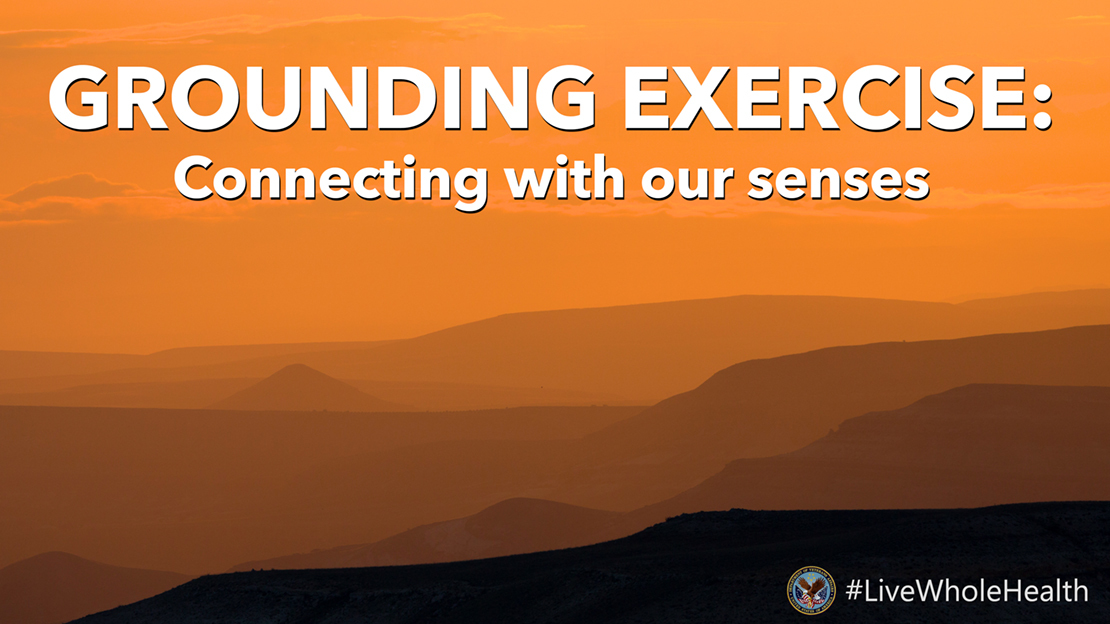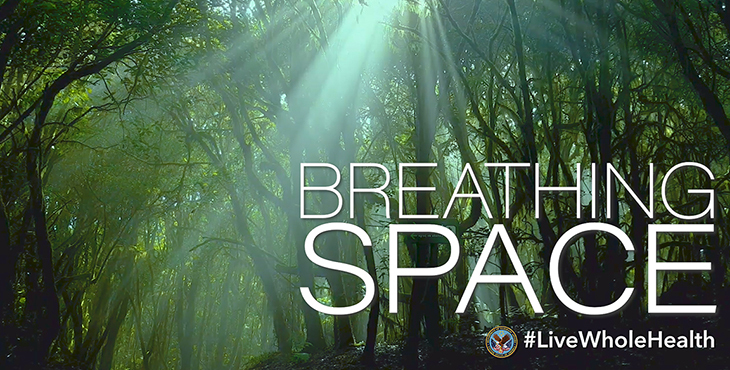When was the last time you checked in with yourself and your body to see how you were feeling physically and emotionally? We are often so busy that we really aren’t even aware of what is happening in our own body and mind.
Luckily there are many different short practices and tools we can use to reconnect to ourselves and build a mind-body connection.
The practice of mindfulness is sometimes defined as bringing awareness, or paying attention, to the current moment, without judgement. We can apply mindfulness to everyday tasks: conversations at work or home, walking, eating, running errands or even taking a shower.
When we become curious about how we are in the moment, we create connection and communication between our mind and our body. Mindfulness can turn on the relaxation response within our bodies; this response is associated with the reduction of the physical symptoms of stress.
One of the great portable mindfulness techniques is the body scan, which can help you increase your awareness of your body and check in with how you’re feeling. You can listen to a recording of someone leading a body scan or even guide yourself through one by slowly scanning through each part of the body from your feet to your head and noticing the sensations that are present, without judgement. The goal of the body scan is not necessarily to find deep relaxation or to change anything, but to develop awareness of how you are feeling and strengthen the mind-body connection.
There are numerous benefits to the body scan, especially if done consistently. These include, but are not limited to: supporting stress and pain management, and training the nervous system to relax.
If at any time during a body scan practice the sensations or feelings are too intense, you can always bring your attention to your breath and/or open your eyes, and then return to the practice when ready.
If you are ready to practice the body scan meditation, here is an 18-minute practice, led by Dr. Brandon Yabko. This meditation focuses attention on physical sensations in the body and further develops the mind-body connection.

To learn more about meditation and other complementary and integrative health (CIH) approaches that are offered by VA through the Whole Health System of care, visit: Complementary and Integrative Health – Whole Health (va.gov)
Interested in learning more about the required CIH services and other services that may be available at your facility? Contact your local VA and ask for the Whole Health Point of Contact.
Topics in this story
More Stories
Rumi’s "The Guest House" invites us to welcome each emotion as a teacher, even the unexpected ones. Listen and reflect for this week's #LiveWholeHealth practice.
Your breath is the most loyal friend you've always had. Connect, calm and heal with mindful breathing in this week's #LiveWholeHealth practice.
Gratitude is a light that shines through life’s ups and downs. Embrace gratitude this holiday season in just five minutes for this week's #LiveWholeHealth practice.







Would you please help relief me my va housing because I am veteran homeless now and va health care because I’m very very sickness and stressful, please. Thanks.